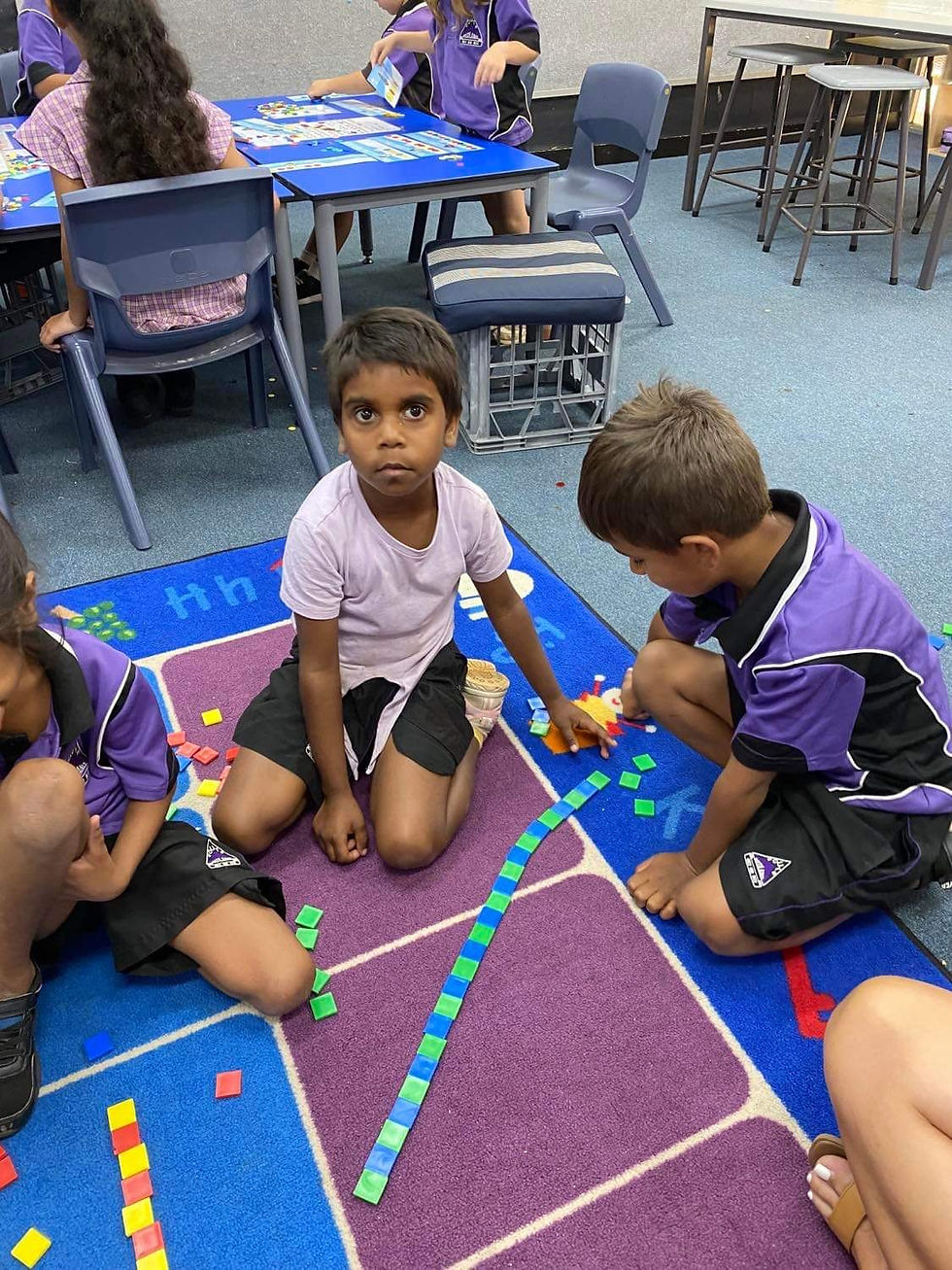

South Hedland Primary School
An Independent Public School
2025 Classrooms




Turner 2 - Miss Delvine Davis (Pre-Primary)
Gascoyne 2 - Miss Jaymie Boys (PP/Year 1)
Pre-primary is the first year of compulsory education in Western Australia and children attend full time. Children must enroll in Pre-primary in the year they turn 5, on or before June 30. We have 2 Pre-primary classrooms in which children are exposed to a balanced program which promotes important social and emotional skills whilst also developing early maths, speaking, listening, reading and writing skills.
Pre-primary provides your child with a broad range of skills to help them understand the world. Your child learns more about literacy and numeracy, and further develops their personal and social skills, critical and creative thinking, and physical wellbeing. Your child develops skills in technology, the arts, science, humanities and social sciences, and languages. Your child’s teacher takes into account the different experiences and backgrounds of children, and targets programs to meet their abilities and learning needs.
In the classroom, teachers utilise both explicit teaching strategies and play based learning. Explicit teaching includes teacher instructions, modelling and guidance as part of the Gradual Release Model of teaching. There is also a mix of structured play activities such as literacy and numeracy based games, and unstructured play which may take the form of playdough, dress ups, doll house, building blocks and many other activities which give children the chance to interact socially with their peers and be creative.
The formal programs we use in Pre-Primary are:
Heggerty – phonemic awareness program.
Letters and Sounds – Synthetic Phonics Program
Writing in the Sand – Pre-Writing patterns program.
Top Ten – Mathematics program.
Some of our learning this year will focus on:
Mathematics –
-
Orally counting to and from 20 from any starting point.
-
One-to-one counting – touching each object that is to be counted once and saying the numbers in order.
-
Recognising and writing numbers to 10.
-
Sequencing numbers to 10.
-
Breaking numbers into parts – also called partitioning. This means children learn that numbers are made up of smaller numbers such as 5 being made up of 4 and 1, or 3 and 2 or 5 and 0.
-
Writing numbers with correct formation
Literacy –
-
Learning the sounds of the Alphabet through our phonics program Letters and Sounds. The names of the letters are not a focus until all the sounds have been learnt.
-
Learning how to blend sounds (reading skill) – for example putting together the sounds C-A-T to say “cat”
-
Learning how to segment sounds (spelling skill)– for example identifying the sounds that are in a word. The sounds in “cat” are C-A-T
-
Writing name with correct letter formation and a capital at the start
-
Writing all letters with correct formation
-
Responding to stories sharing favourite parts, likes and dislikes as well as answering questions.
Children in Pre-Primary receive specialist instruction in Physical Education, Health, Humanities and Social Sciences, Science and The Arts.